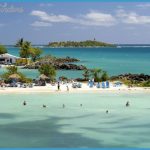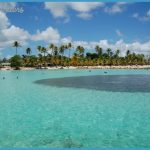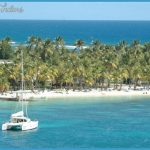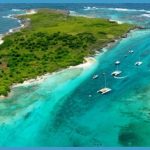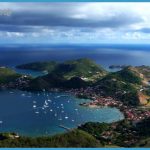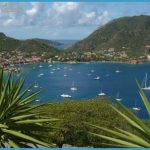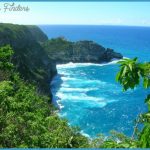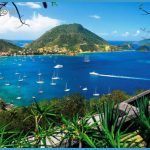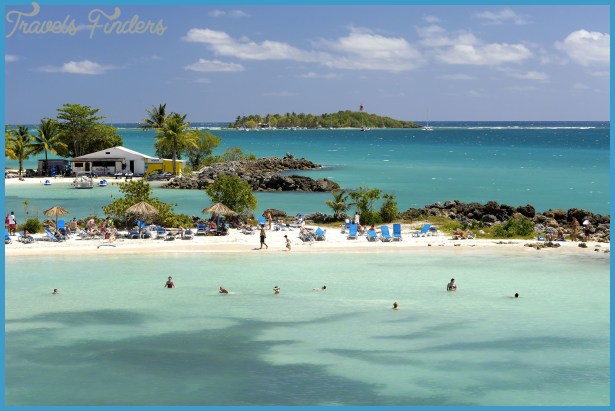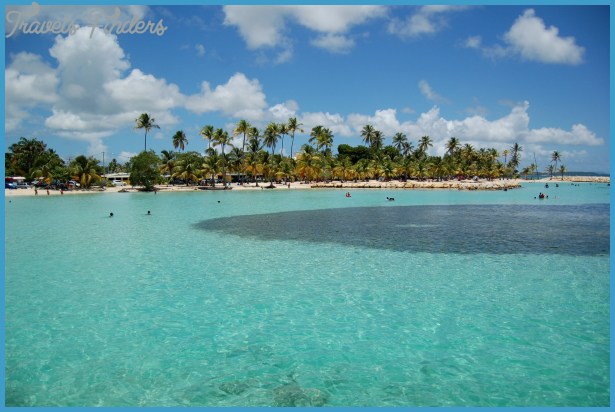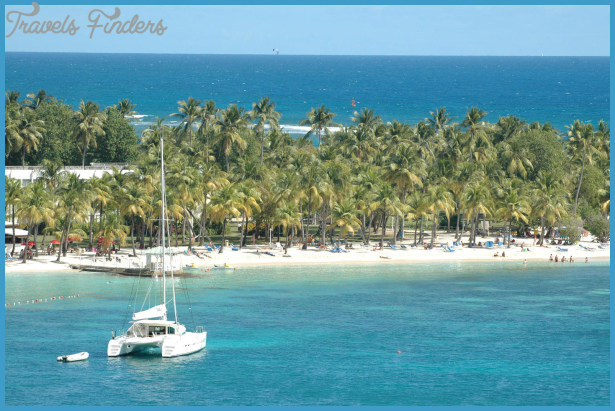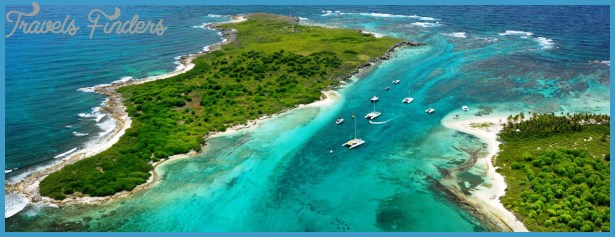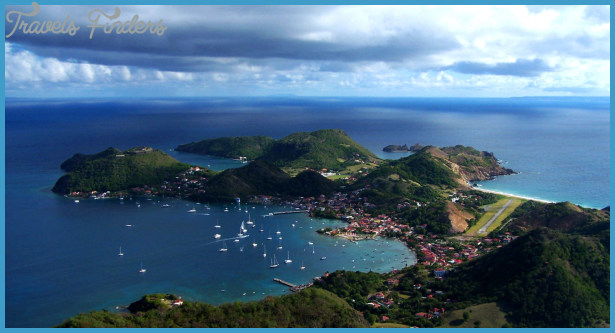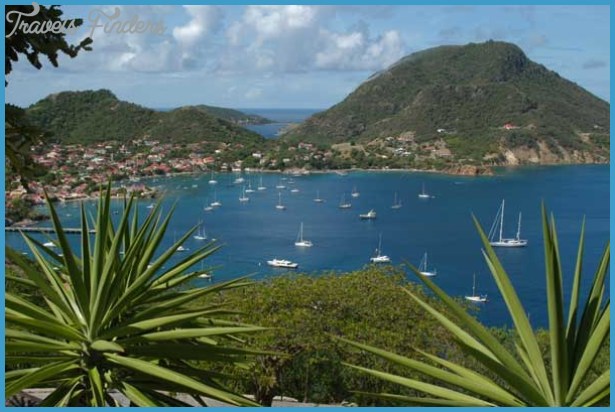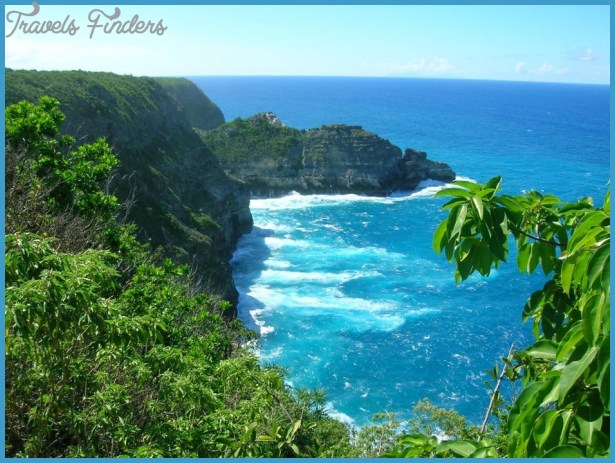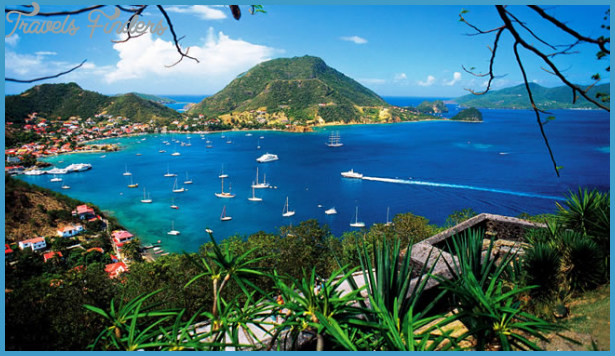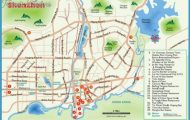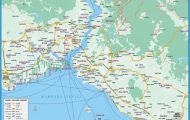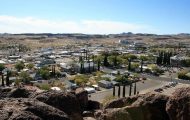North of Guadeloupe are St. Maarten/St. Martin and St. Barthelemy. The island of St. Maarten is spelled two ways for a reason. About half is Dutch controlled; the other half is a dependent of Guadeloupe and is French speaking. Philipsburg, the Dutch capital, is a shopper’s haven with international goods at duty free prices. The French capital, Marigot, is smaller and quainter. The southern portion, Dutch Sint Maarten, offers a selection of full-service resorts with casinos, night life, and good beaches. It is livelier than French St. Martin.
A charming little island, St. Barthelemy is reachable from St. Martin by plane. The plane lands in a sheep pasture with only feet to spare before the runway gives way to the ocean. The harbor of its tiny town is picture-postcard beautiful where the visitor may tire of eating clawless lobsters because they are so abundant.
Not far away and reachable by a little plane is a five-square-mile island, Saba. The near vertical landscape offers lots of scenery and no beaches. It is a Dutch island where the language is English. Activities offered are horseback, burro-back, and hiking tours. The island is dominated by a three-thousand-foot extinct volcano. Almost completely populated by women, children, and old men, the young men must go abroad to earn a living.
Continuing south in the arc of the West Indian islands we come to the islands of St. Lucia and St. Vincent. St. Lucia is a mountainous island, and Soufriere, called the world’s only drive-in volcano, has sulphuric fumes bubbling in the crater. Three of its peaks are attractions: the two Pitons, twenty-four hundred and twenty-six hundred respectively, are landmarks for sailors and afford mountain-climbing to the visitor. St. Vincent is the arrowroot capital of the world, the starchy root having made a comeback in world trade, now used in making computer paper. In the capital, Kingstown, arcaded buildings line the streets, where local crafts are sold. The Botanical Gardens are the oldest in the hemisphere and contain the famous breadfruit tree brought there from the South Pacific by Captain Bligh. (Remember Captain Bligh and Mutiny on the Bounty?) When faced with mutinous troops, he put in here with a load of breadfruit from Tahiti. Other sights are the ruins of Fort Charlotte overlooking the harbor, the fertile Marriaque Valley and sixty-foot Baleine Falls. About forty-five thousand stay-over visitors come to St. Vincent and its associated islands, the Grenadines.

